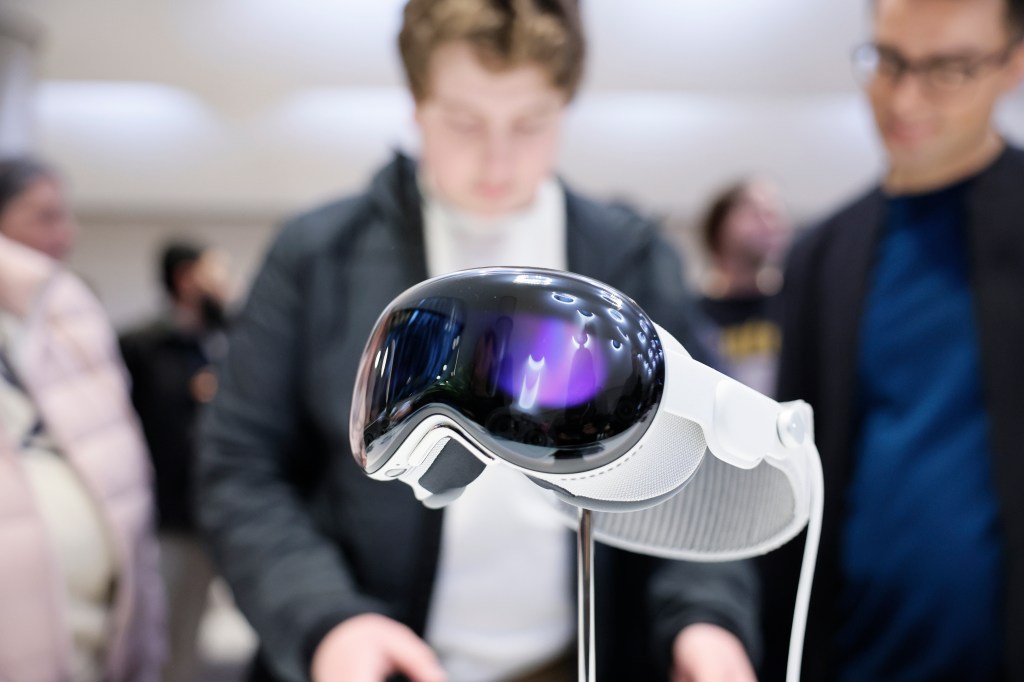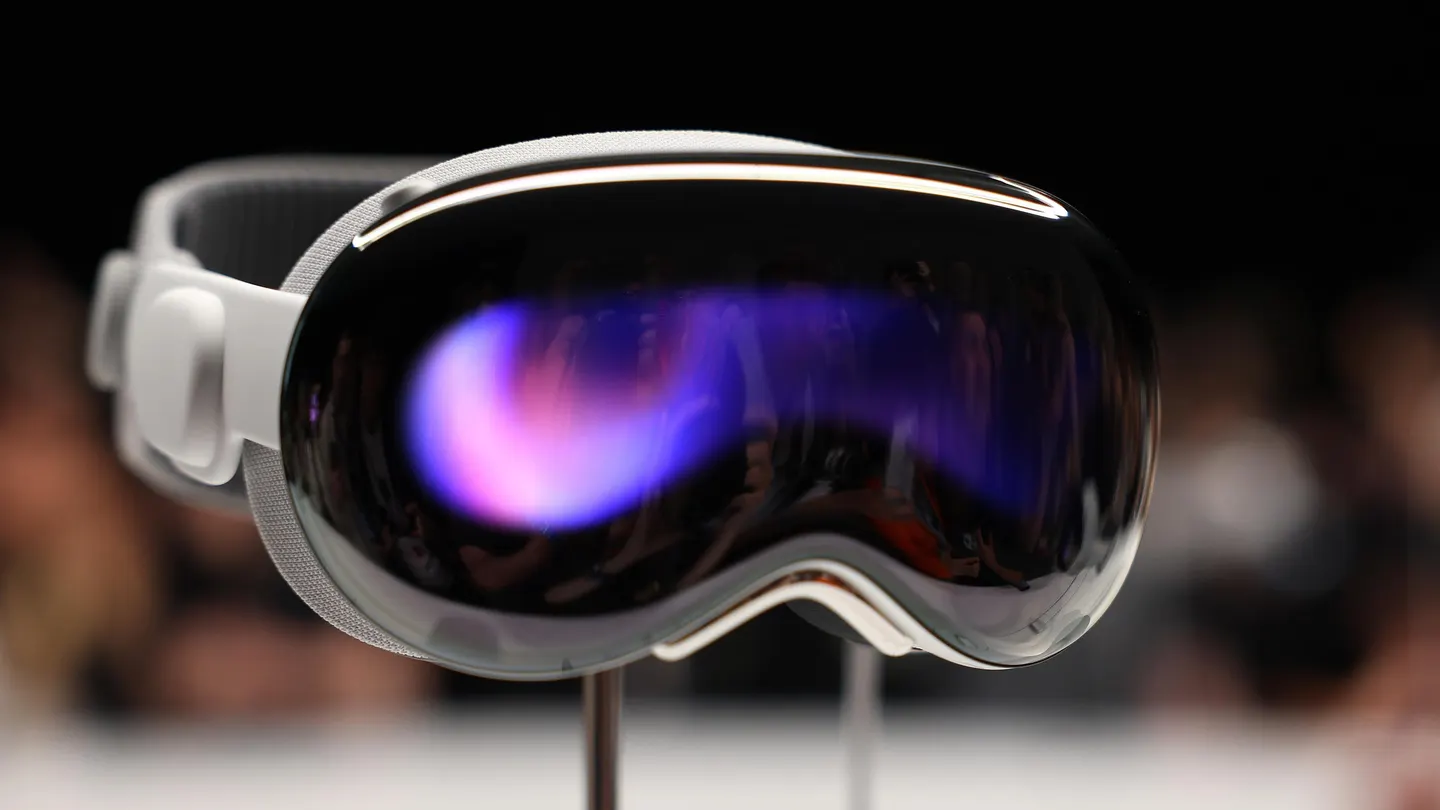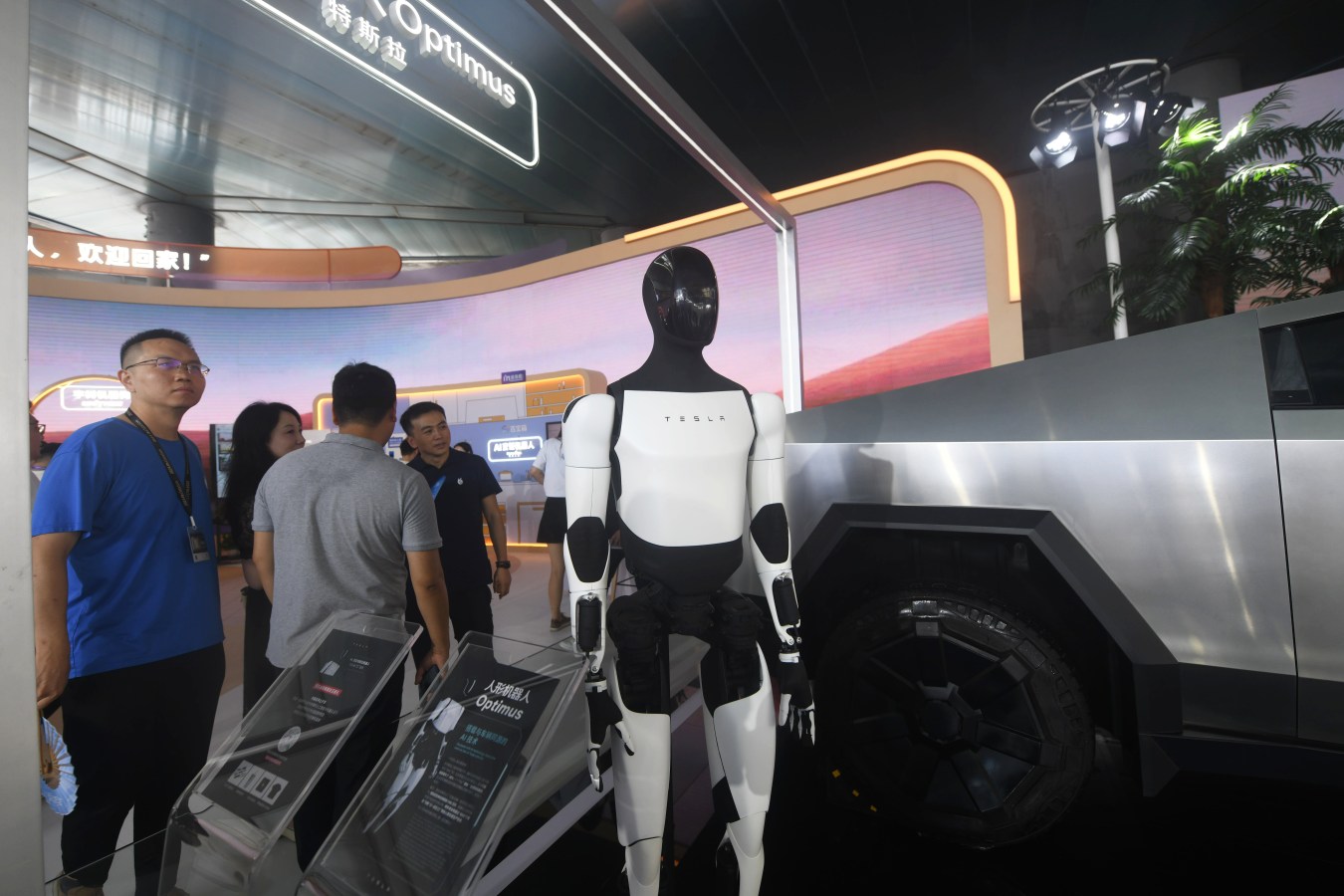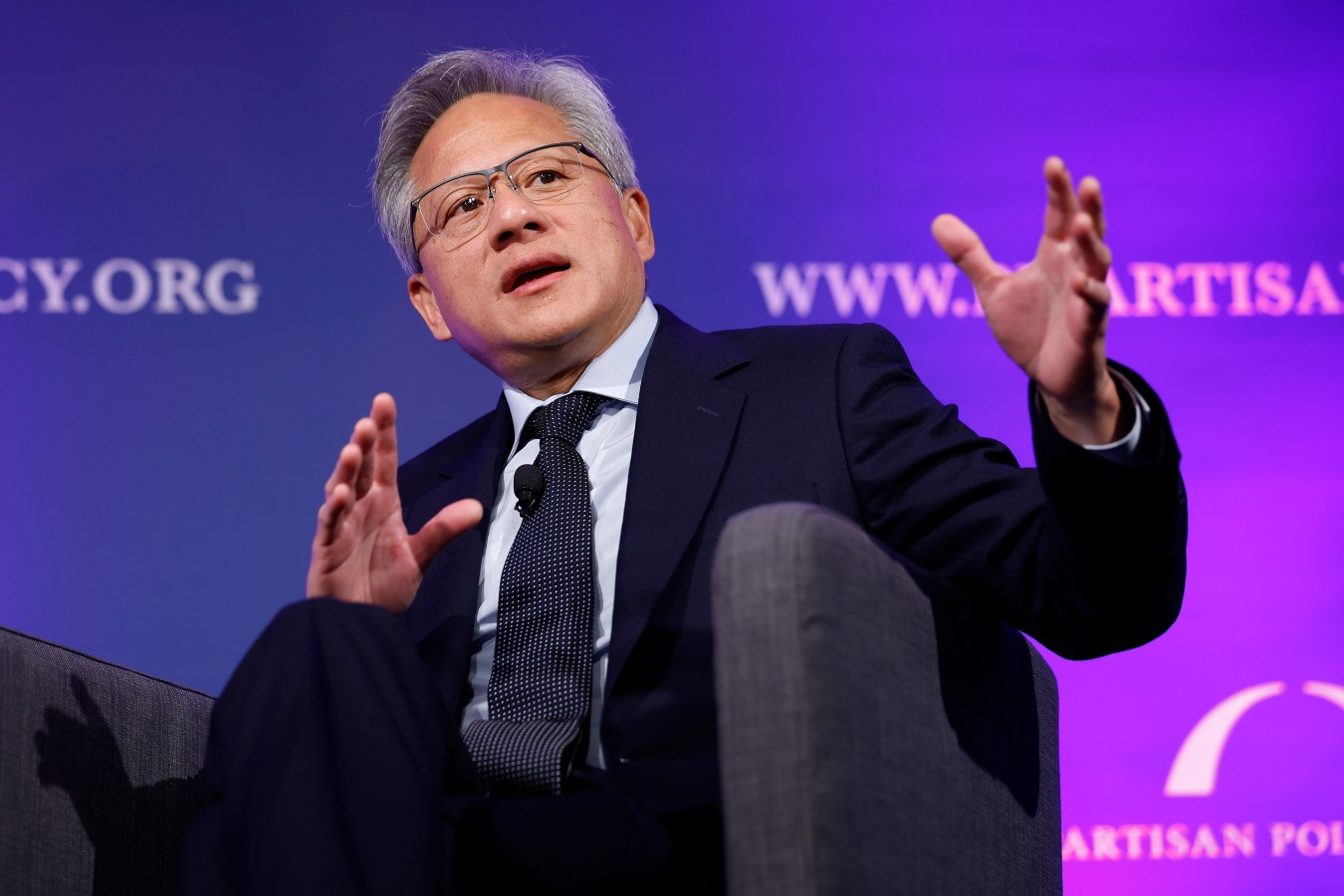Opinion: While the jury’s still out on whether the Vision Pro marks a ‘Metaverse Renaissance’ or the dawn of an entirely new chapter, one thing’s clear: Apple’s entry has reignited the conversation about immersive technologies.

In the last decade, I’ve been one of the guys interested in VR (virtual reality) and XR (extended reality). In 2016, I was convinced that VR was a viable proposition. I went around my business contacts and associates, talking to people at Google, HTC, Apple, and Facebook to get the full scoop on VR. I demoed and played with everything. It was as phenomenal as I thought. VR had the potential to take over the world and I was going to champion the use cases in Australia.
Then something happened.
VR didn’t take over the world.
Can you remember the virtual-world frenzy sparked by Second Life in 2003? The hype seemed limitless, but it fizzled out, leaving many to believe the ‘Metaverse’ was more science fiction than reality. Fast forward to 2021 and the conversation resurfaced, this time fuelled by Meta’s ambitious vision, but messiness and over-fictionalised use cases killed the buzz (again!).
Enter Apple: the master of redefining categories. In 2024, they launch their flagship VR/AR headset, the Apple Vision Pro, with a crucial twist: they sidestepped the Metaverse altogether, instead calling it ‘spatial computing’.
This change wasn’t just a semantic shift; it reflected a deliberate move away from the baggage associated with the Metaverse, including privacy concerns and questions about its true value proposition.
Redefining the Metaverse Experience
The term Metaverse has become synonymous with ambiguity and overhyped promises. Apple’s rebranding to ‘spatial computing’ and their focus on a premium, integrated user experience with clear use cases aimed to move beyond the buzzwords. It is an effort to redefine immersive digital environments grounded in utility, engagement, and sexiness of their product design.
This approach mirrored the evolutionary path of technology, where success hinges on novelty, adaptability, and the convergence of complementary technologies. By prioritising a user-friendly interface navigated through eyes, hands, and voice, Apple isn’t just selling a product but advocating for a new way of interacting with the world. The Vision Pro’s emphasis on a 3D user experience was a testament to Apple’s vision for the future: one where technology enhances human capability and creativity without erasing the real world.
Related
The AVP’s Arrival: A Turning Point?
The introduction of the Vision Pro, accompanied by an impressive lineup of over 600 apps and games optimised for the new platform, signified a potential turning point. This extensive catalogue demonstrated a robust ecosystem ready to embrace spatial computing’s potential. Further, including apps tailored for productivity, relaxation, sports, and even real-time language translation underscored the device’s versatility and appeal across diverse user needs.
But is this enough to overcome the challenges that had previously plagued VR/AR adoption?
The Apple Vision Pro of today has been compared to the original iPhone 1.0, but it’s more like the Samsung SCH-V200: the first phone with a built-in camera, sure it’s stylish but the promise is greater than the delivery. Would you get a mobile phone with a built-in camera if you didn’t have a reason to use the camera?
Convergence: The Key to “Stickiness”
Emerging technologies like VR and AR thrive within a synergistic ecosystem of individual developments that eventually converge into an integrated, functional system. Remember YouTube in 2005? Putting video online requires a complex ecosystem of tools (camcorders), delivery systems (internet), fuel (content creators), consumption (a willing viewership audience), and a monetisation model.
It took effort, patience, and innovation. Two years later, another innovation – the iPhone – changed the game, enabling effortless video capture and broadcasting. Soon after, 4G arrived. The number of content creators exploded, the economic model solidified, and YouTube became YouTube.
Transformative technologies often become “sticky” – widely adopted and foundational to future innovations – only when a convergence of factors and complementary technologies allows them to transcend their initial limitations. For VR/AR, this meant advancements in areas like portability, battery performance, computing power, motion sensors, and others.
The Apple Vision Pro, with its seamless integration of AR and VR into a cohesive spatial computing experience, represents a possible point of convergence. It’s not just the device itself but the ecosystem it inhabits – complete with a burgeoning app library, enterprise interest, and a developer community – that heralds a new chapter in digital interaction.
Related
Renaissance or Revolution: A Generative Future?
While the jury’s still out on whether the Vision Pro marks a ‘Metaverse Renaissance’ or the dawn of an entirely new chapter, one thing’s clear: Apple’s entry has reignited the conversation about immersive technologies.
And with a focus on ‘spatial computing’ instead of the baggage of the Metaverse, Apple has positioned itself strategically.
Betting against a first-generation Apple product is a bad trade, from infamous dismissals of the iPhone to all the mistakes from the original iPad.
But it’s not just about hardware. It’s about taking advantage of the fast progression of Generative AI too. As author Brittan Heller argues in Theinformation.com, “Generative AI may be just what virtual worlds need to flourish.” By automating content creation, Generative AI can remove a significant barrier to entry and fuel “accelerated growth” in these extended reality technologies like VR and AR. This could be a game-changer, offering a vast, dynamic content landscape within virtual worlds.
However, challenges remain. The high cost, limited content creation tools, and the ever-present question of long-term device wearability are hurdles to mass adoption. Yet, as history reminds us, Apple has a knack for catalysing market shifts. Just as the iPhone redefined mobile communication, could Vision Pro do the same for our digital interactions?
As Scott Galloway suggests, the new VR device is a reflection of Apple’s strategy: Start with a product that’s more an elegant proof-of-concept than a prime-time hit; rely on early adopters to provide enough runway for its engineers to keep iterating; and trust in unmatched capital, talent, brand equity, and staying power to morph a first-gen toy into a third-gen triumph.
Look back on the week that was with hand-picked articles from Australia and around the world. Sign up to the Forbes Australia newsletter here or become a member here.




